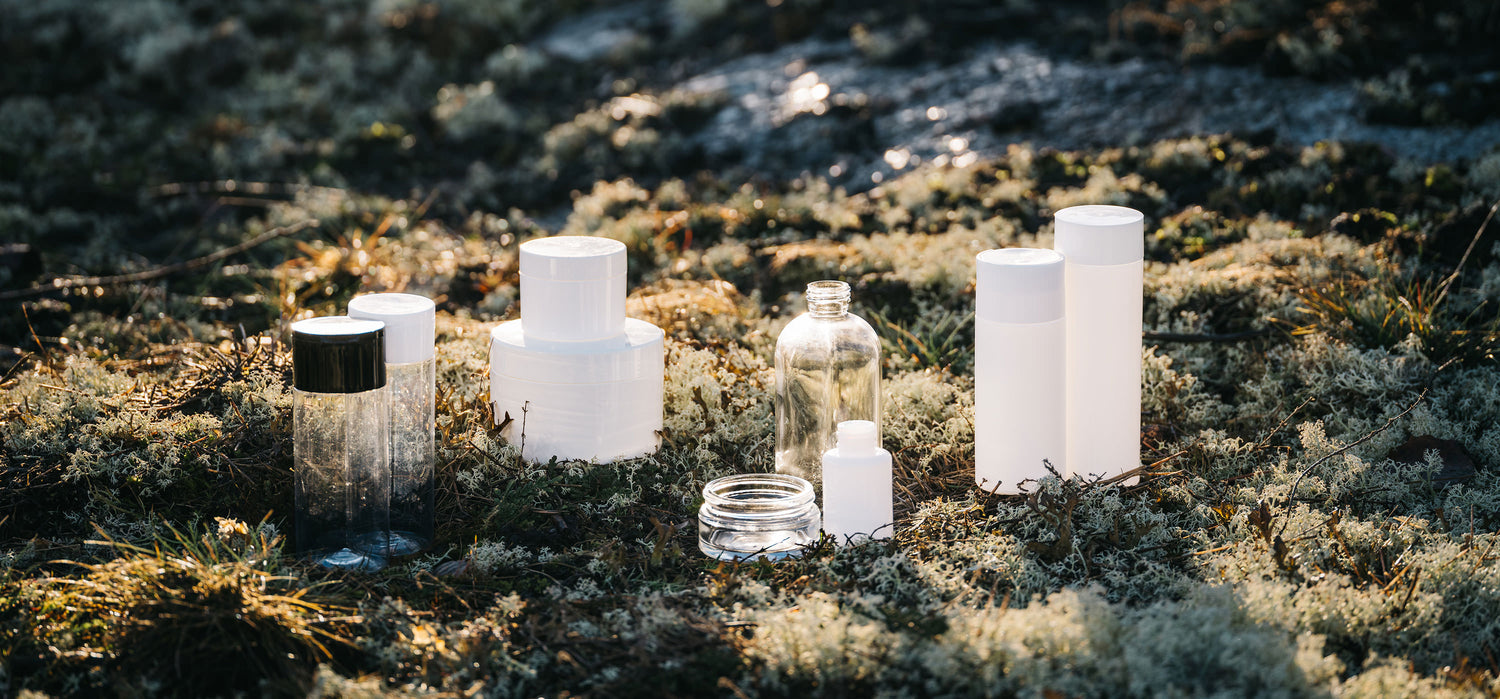
The sustainability Hub
CO2e – Carbon Dioxide Equivalent
Climate Change is one of the biggest challenges we face today. We believe that everyone needs to take responsibility to try to minimize our climate impact, but it is hard to know how to act unless you can understand and measure.
One powerful tool for measuring the climate impact of a product is its CO2e, or Carbon Dioxide Equivalent.
CO2e
A standardized way to compare and aggregate climate impact
Carbon dioxide equivalent (CO2e) is a unit of measurement used to express the global warming potential (GWP) of greenhouse gases (GHGs) in terms of the warming effect caused by a unit of carbon dioxide (CO2) over a specified time period. It provides a standardized way to compare and aggregate the climate impact of different greenhouse gases.
By using CO2e as a common metric, it becomes easier to compare the relative contributions of different emissions sources and develop strategies to reduce overall greenhouse gas emissions.
Understand Your Climate Impact
At PackFixed, we want to make it easier for you to understand the CO2e of your product, so you can compare not only price and design, but also the climate impact.
We collect data from the suppliers we partner with to be able to show you for each product what is the estimated CO2e generated while manufacturing the packaging.

CO2e Calculation Tools
There are many tools available for calculating CO2e and different tools have different conversion factors. At PackFixed, we chose to use UK Government GHG Conversion Factors for Company Reporting (2022) for our calculations and the numbers shown represent the estimated emissions per product in grams of CO2e.
These factors are from an independent source, publicly available and free of charge and we encourage you to have a look at it if you want to dig deeper into this topic.
You might notice that for some products the CO2e information is still missing – that is normally because we don’t have all data required to calculate it. We will continue to strive to have this data for all products as soon as possible.
More to it than CO2e alone
Keep in mind that the total environmental impact of your product is more than its climate impact alone – some products & materials might have a relatively low climate impact (low CO2e) but have a big impact on the environment – like plastic packaging that end up in the oceans.
Make sure to consider not only the CO2e but also how your product is used and disposed when choosing your packaging.
It is also important to understand that the total climate impact of your product is more than the CO2e generated while manufacturing – GHGs are also generated when your product transported, used, and disposed. So it is great to have a full life cycle analysis. But considering the CO2e generated to manufacture the packaging is a great place to start.
Key benefits of understanding your product CO2e
Conscious Decisions: You gain valuable insights into its environmental impact that allows you to make informed choices that align with your commitment to reducing carbon emissions. It empowers you to select products that are more sustainable and have a lower carbon footprint, contributing to the overall fight against climate change.
Consumer Engagement & Legal compliance: Transparently sharing the CO2e of your product with your customers cultivates trust and engagement. Consumers appreciate businesses that take responsibility for their carbon emissions and actively seek ways to reduce them. By openly disclosing the carbon footprint of your product, you demonstrate your commitment to transparency and accountability, strengthening the bond between your brand and its environmentally conscious customers. Besides that, governments are putting in place additional demands on companies that require them to disclose not only their financial results, but also their broader social & environmental impact.
Cost & Supply Chain Optimization: Many steps taken to reduce carbon emissions, such as light-weighting the product or reducing transportation, often result in operational efficiencies. By working closely with suppliers who also prioritize sustainability, you can foster a network of environmentally responsible partners and reduce the overall environmental impact of your product from sourcing to end-user consumption.

In conclusion, understanding the CO2e of your product offers a multitude of benefits. From promoting environmental consciousness and gaining a competitive advantage to unlocking cost savings and optimizing your supply chain, it's clear that measuring and reducing carbon emissions has far-reaching positive effects. By embracing the concept of CO2e, businesses and consumers alike can play an active role in shaping a more sustainable future for our planet.

